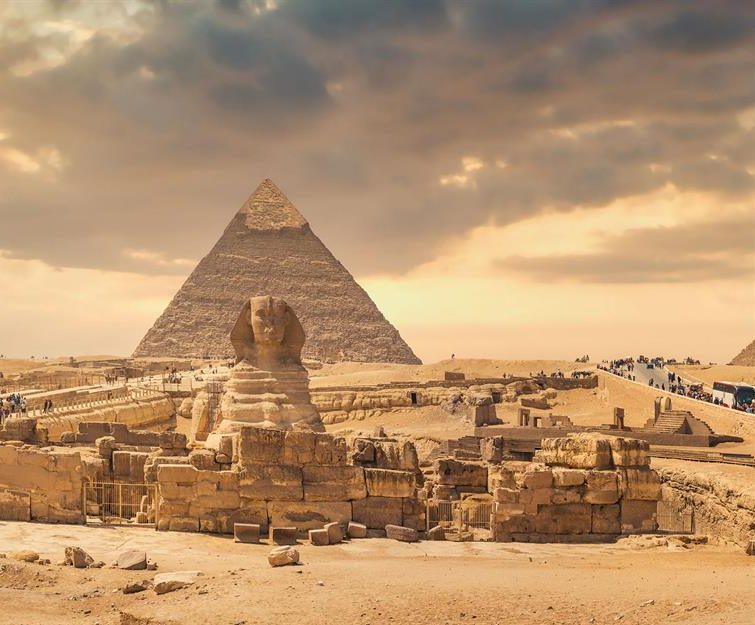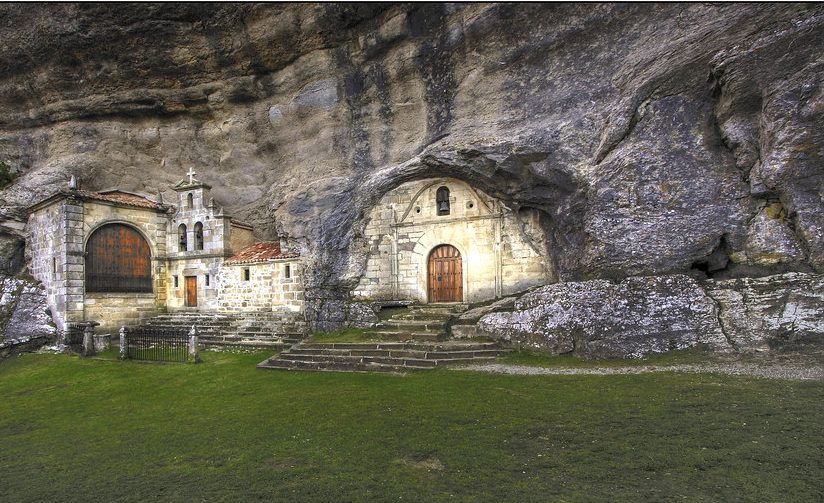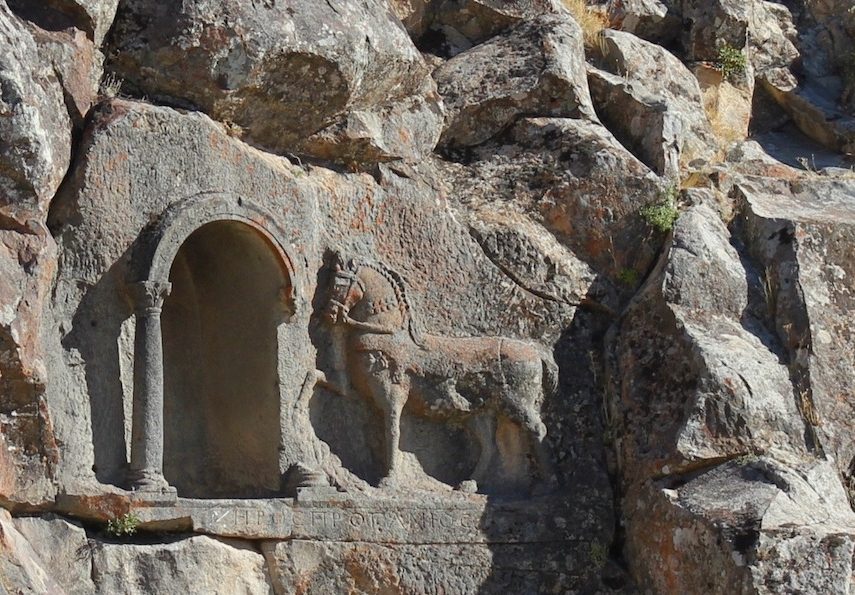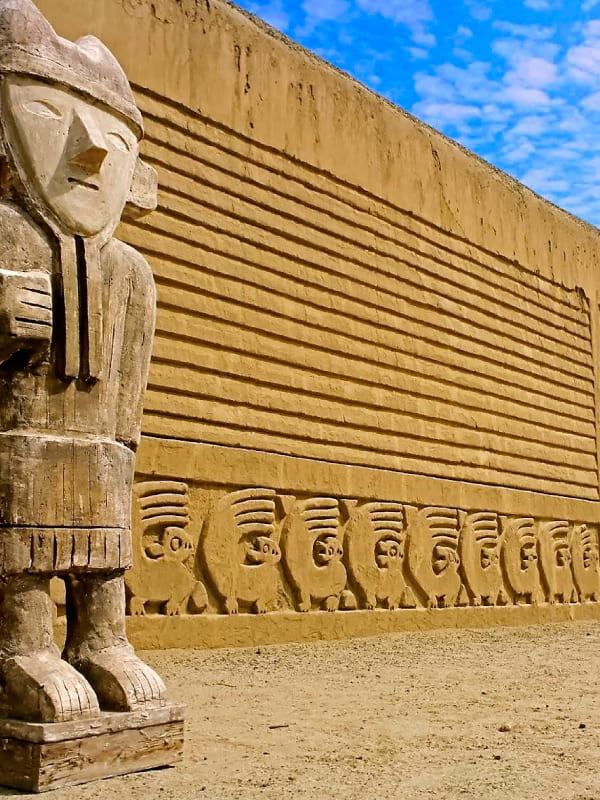Hatshepsut emerged as one of ancient Egypt’s most remarkable figures, ascending to power during the 18th Dynasty. Her rule began as regent to her stepson, Thutmose III, but she soon took on the full mantle of pharaoh. Hatshepsut was unique in how she portrayed herself in statues and paintings—with royal regalia and a false beard, traditionally reserved for male rulers. She proved to be a shrewd leader, fostering trade and reviving the wealth of Egypt. Her reign was marked by peace and she oversaw significant architectural projects. Hatshepsut’s temple at Deir el-Bahri stands as a testament to her legacy, blending elegant design with her devotion to the goddess Hathor.

The Fall of a Civilization: Causes Behind the Decline of Ancient Egypt
Understanding the fall of Ancient Egypt requires delving into complex causes. Invaders disrupted the land of the Pharaohs repeatedly. These outsiders brought not just war, but also social and economic turmoil. Climate shifts played a role as well, with droughts and floods weakening the once-fertile Nile Delta. Political strife from within tore at Egypt’s unity, and power struggles often led to unstable rule. The priesthood’s growing influence further drained the royal authority, creating a power vacuum.

San Bernabé Hermitage Cave
San Bernabé Hermitage Cave stands as a testament to timeless beauty and historical significance. Nestled in the picturesque landscape of the Montejaque hills in Spain, this cave hermitage not only provides a unique example of religious architecture but also tells a tale of human devotion and artistry that transcends generations. Originally carved by early Christian hermits, the cave served both as a spiritual retreat and a place of worship.

Lukyanus Kitabesi
Lukyanus Kitabesi, an enigmatic historical site, draws intrigue with its mysterious past. This ancient place is a treasure trove for historians and travelers alike. Its architecture whispers tales of an era long gone yet vibrantly alive through its ruins. Visitors flock to experience the aura of timelessness that Lukyanus Kitabesi offers. Its significance in the tapestry of history is undisputed, making it a must-visit for those who cherish the past.

Western Deffufa Kerma
Western Deffufa stands as a testament to the ancient Nubian city of Kerma, holding secrets from a civilization that thrived from 2500 BCE to 1500 BCE. This towering mud-brick structure, one of the oldest and largest of its kind, signifies the former glory of a powerful yet enigmatic kingdom. Archaeologists believe it served a religious purpose, possibly as a temple or a tomb. Its unique architectural style provides invaluable insight into the ancient customs and construction techniques of Nubia, highlighting the advanced skills of the Kerma culture.

Chan Chan in Peru
Chan Chan, located in the Moche Valley of northern Peru, stands as a testament to the ingenuity of the Chimú civilization. It was the largest city of the pre-Columbian era in South America, and today it astonishes visitors with its grandeur. This archaeological site was once a vibrant center of politics, culture, and craftsmanship and held a population of approximately 30,000 people. Structures made from adobe clay, still visible, showcase the Chimú’s advanced engineering and artistic skills.

